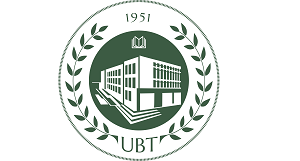JANI MAVROMATI1
1Veterinary Public Health Department, Veterinary Medicine Faculty, Agricultural University of Tirana, Albania
*Corresponding author e-mail: jmavromati@ubt.edu.al
Abstract:
Antibiotic residues in milk nowadays are a major issue. In addition to the economic losses they affect people’s health for causing allergies, antibiotic resistance, cancer and other problems[1]. For this reason many countries do constant monitoring to control of antibiotic residues in milk and set maximum residue limit “MRL” thus ensuring food security of counsumers [2,3]. For the determination of residues of antibiotic in milk used qualitative and quantitative methods. Quantitative methods are needed to use the kits as rapid methods which are semi quantitative methods but give us the possibility of a quick intervention to distinguish which products are cantaminated. It may be extended further quantitative ELISA, HPLC, LC/MS, or other methods [5,6]. In our work we used the rapid kits to asses the contamination of milk with residues of antibiotic. Samples were taken in a private milk collector in the area of ‘Myzeqea’ in Albania. Farms of which was milk, were small family farms. According to a traceability system “positive feedback”, we found farms that had residues of antibiotic in milk. This observation proves that antibiotic residues in milk are a real concern and that should be taken into consideration. Antibiotic residues in milk can be avoided by applying the correct treatment protocols of chemotherapy, but a chalange for the future is to find and use the natural products for the therapy of mastitis in dairy cows, which are not created residues in milk.
Keywords: Antibiotic, residues, MRL, milk, rapid kit, natural products.

